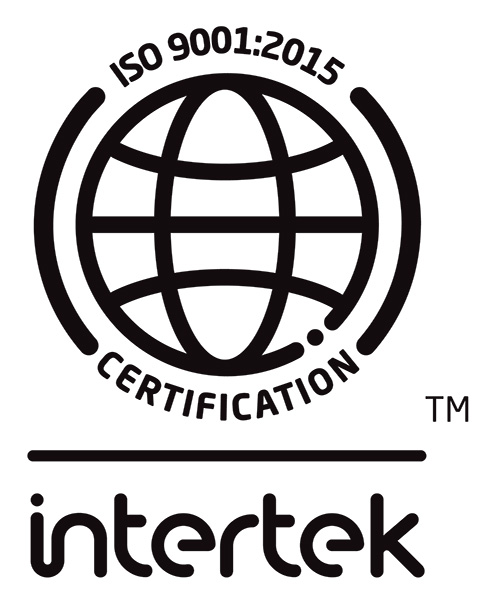VOLUME 22 NUMBER 4 WINTER – 2018-2019 ISSN 1496-3876
The Polymyxin Complex – Colistin and Polymyxin B
This article will focus on the two major polymyxins (colistin and polymyxin B) that affect gram-negative bacteria. The polymyxins act by penetrating the cell-wall of several species of gram-negative bacteria. Because of their large molecular mass, they are able to penetrate the wall, by chelation of divalent cations, thus causing the cell wall to destabilize.
The polymyxin complex is part of a large complex of cyclic lipopeptides that include polymyxins and daptomycin. There are at least 15-16 of these molecules, but only the former are used in clinical medicine. They are subdivided into groups that affect gram-negative bacteria (polymyxin), gram positive bacteria (daptomycin), antifungal and anti-mycobacterial agents. Daptomycin is a semi-synthetic cyclic lipopeptide isolated from Streptomyces roseoporus. It has very different microbial and clinical activities than other polymyxins, a primary requirement of calcium ions for laboratory testing, and specific pharmacokinetics and pharmacodynamics.
This article will focus on the two major polymyxins (colistin and polymyxin B) that affect gram-negative bacteria. These compounds were originally isolated over 60 years ago from Bacillus polymyxa.

Spreading the EQA word
About 10 years ago, CMPT started on a mission to help EQA programs around the world see the advantages of making their own stable, clinically relevant bacteriology samples as opposed to single function lyophilized ones. Working with organizations like the World Health Organization and interested governments, we found a substantial audience mainly in the middle east, Asia, and southern Africa, and Europe.




